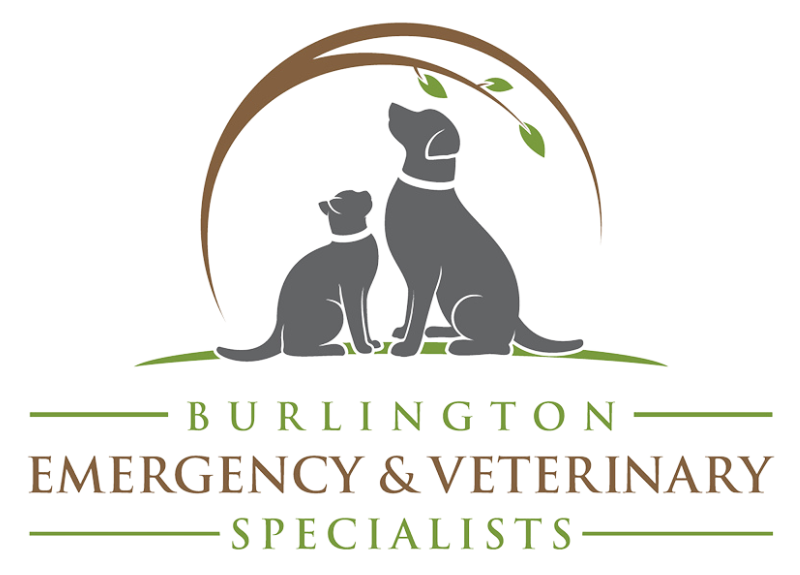Wildlife Resources
Burlington Emergency and Veterinary Specialists provide wildlife encounter guidelines, injured animal help, and rabies safety information.
Wildlife Encounter Guidelines
Whether you’re hiking through the forest or simply walking in your neighborhood, wildlife encounters are a natural part of sharing our environment with the animals that call it home.
Injured Wildlife
If you encounter what you believe to be an injured wild animal, contact the appropriate Wildlife Rehabilitator for that species as soon as possible.
Important: Do not attempt to handle or treat the animal yourself. Wild animals can carry diseases and may bite or scratch when frightened or in pain, even if they appear docile.
Baby Animal Encounters
Birds: If fallen from a nest, nestlings (eyes closed, barely feathered) should be returned the nest. Fledglings (fully feathered, hopping around) can be left alone or moved to a safe location if in danger.
Fawn (baby deer): Mother deer leave their babies alone for hours – do not disturb them.
Rabbits: If found in a nest believed to be abandoned, place sticks in an “X” over the nest. If undisturbed for 24 hours, call a wildlife rehabilitator.
Fox (rabies vector): Mothers leave babies unattended for hours. If appearing energetic and healthy, do not disturb.
Raccoons (rabies vector): If alone for more than a couple hours, they may have lost their mother and need help.
Opossums: If under 7 inches in length, it may have lost its mother and needs help.
Deer, moose, bear, and wild turkey: Call your local game warden. Only specialized facilities are authorized to accept these species.
⚠️ Rabies Threat
Do not touch skunks, raccoons, foxes, or bats that appear in need. Although all mammals can carry rabies, these animals are considered rabies vectors and have a higher likelihood of being positive for rabies even if they don’t appear sick.
General Wildlife Safety
Remember to observe wildlife from a safe distance, never feed wild animals, and respect their natural behaviors. When in doubt, contact local wildlife authorities for guidance.
